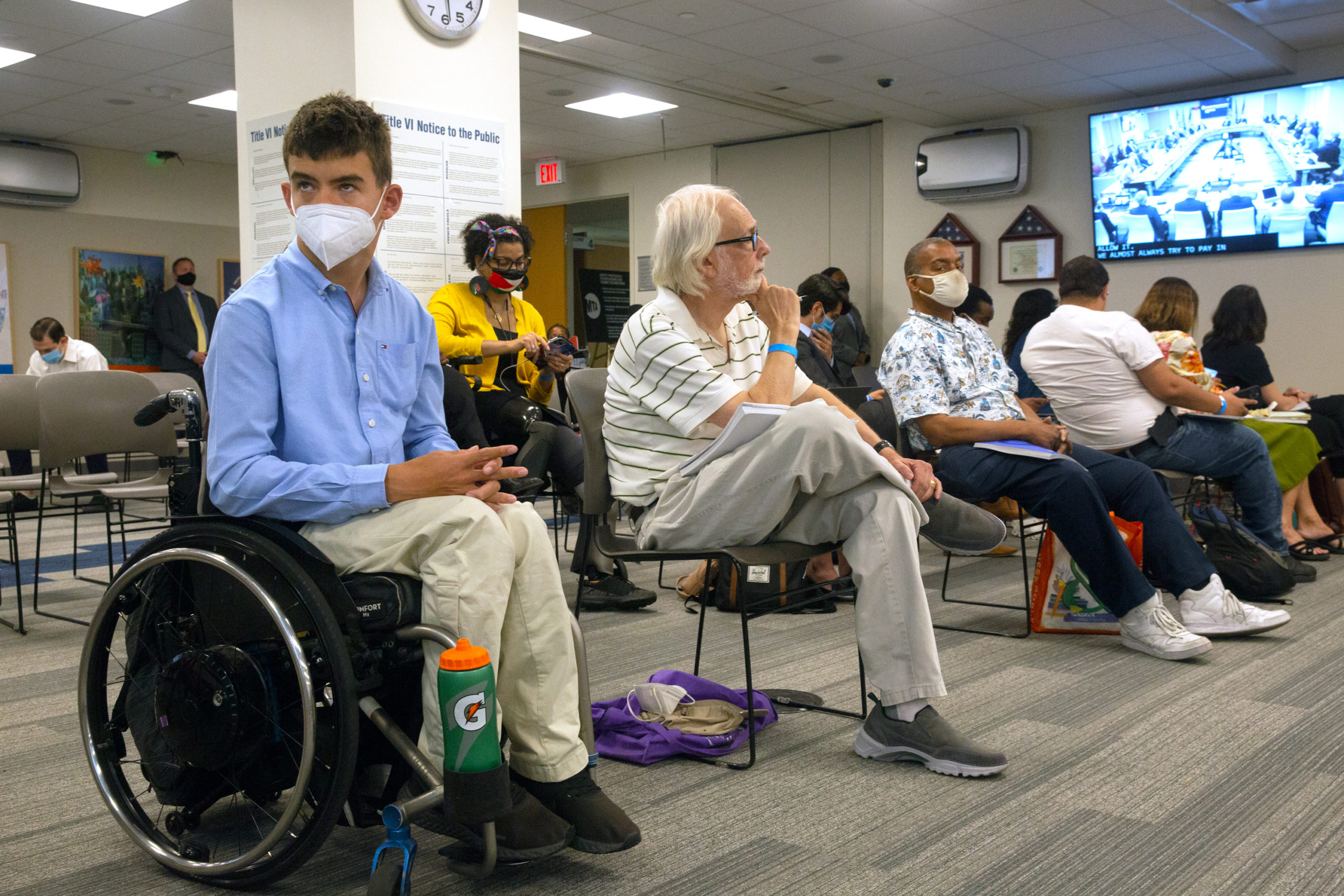MTA Brings Back Virtual Testimony for Board Meetings — With a Catch

The first in-person full MTA board meeting of the pandemic, held in Lower Manhattan on July 21, 2021.
By Ben Fractenberg/THE CITY
 This article was originally published on by THE CITY.
This article was originally published on by THE CITY.
The MTA no longer requires in-person testimony at its board meetings beginning this week, with public speakers once again allowed to rail remotely against the transit agency — although not in real time.

Brooklyn Boro
View MoreNew York City’s most populous borough, Brooklyn, is home to nearly 2.6 million residents. If Brooklyn were an independent city it would be the fourth largest city in the United States. While Brooklyn has become the epitome of ‘cool and hip’ in recent years, for those that were born here, raised families here and improved communities over the years, Brooklyn has never been ‘uncool’.